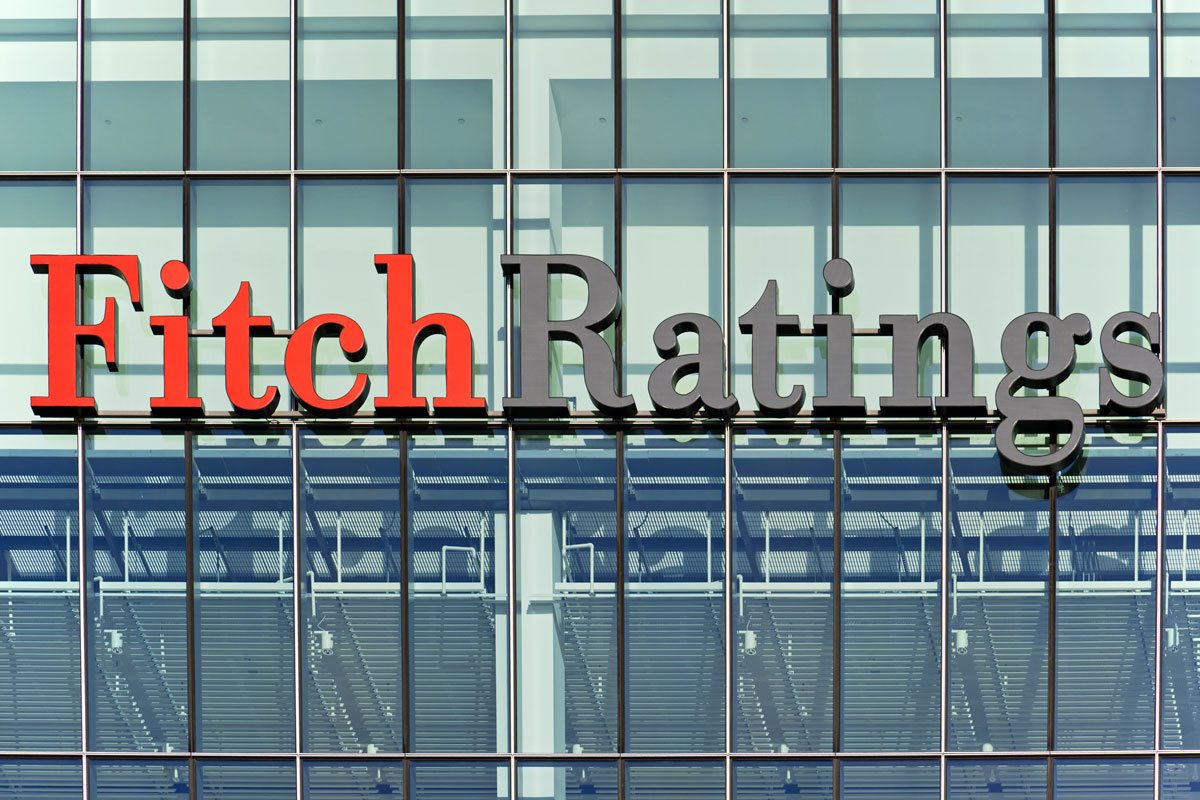Indian Banks are looking at significant asset-quality challenges for at least the next two years despite regulatory measures, said Fitch Ratings on Thursday.
The American credit agency estimates that the impact on impaired-loan ratios could be anywhere between 200bp-600bp, depending on the severity of stress and banks’ individual risk exposures.
Advertisement
It said the “the latest set of measures announced by India’s central bank include an extension of the 90-day moratorium on recognition of impaired loans to 180 days, in addition to several relaxations in bank lending limits including allowing banks to fund interest on working-capital loans.”
“These measures will put a heavy onus particularly on state banks (with already-weakened balance sheets) to bail out the affected sectors, due to their quasi-policy role, considering that much of the state’s recently announced stimulus measures is in the form of new loans,” it added.
Fitch believes that the nationwide lockdown to contain the spread of coronavirus – which has been extended for the third time, until 31 May – has taken a severe toll on businesses, supply chains and individual incomes. The impact for many micro and SME sectors is structural, a meaningful revival is unlikely even when the lockdown ends. We assume that both consumer demand and manufacturing are likely to remain tepid until the rising cases of coronavirus patients are brought under control, which is nearing 160,000 (active cases 86,110) as per the latest count.
“The stress is occurring across sectors, but SME and retail are likely to emerge as higher risk due to both stressed industrial activity and rising unemployment.”
“Impaired-loans recognition will now take longer, and the more relaxed lending norms for banks could mean rising balance-sheet risks if banks acquiesce under pressure, despite their heightened risk aversion.
The agency said that the “state banks are more at risk due to their weak earnings and limited capital buffers. The state banks also have a much higher percentage of their loan books under moratorium than private banks at about one third, as per reported data.”
The agency expects this share to rise across banks in the next few months.
“Indian banks have struggled with poor recoveries for a long time. There is a risk that banks may now extend credit to even structurally weak borrowers with dimmer recovery prospects, due to a one-year moratorium on registering fresh insolvencies amid weaker future incomes.”
However, delays in resolution will potentially exacerbate future losses once risks manifest over FY21 and FY22, the agency said.
Speaking about government’s action to revive the banks, the agency said, “announcements so far have been conspicuous by the absence of a recapitalisation plan for its banks, which are likely to shoulder the maximum burden of lending under various regulatory and stimulus plans.”
“State banks’ common equity Tier 1 ratio is nearly 400bp lower than comparable private banks. They also face a higher risk of losses and capital erosion as income buffers ranging between 30bp-90bp are not sufficient even for the 10% provisioning that banks are expected to provide for loans under moratorium.”
The agency believes that capital support from the state is therefore critical for state banks – given heightened risks to solvency from future losses, and most state banks’ inability to raise fresh equity on their own due to their sharply discounted equity valuations. Several of the state banks also have the added challenge of executing mergers and integrating other weaker banks.
Fitch took negative rating action on the Viability Rating of several banks in late April 2020 to reflect the sector’s vulnerability to a pandemic-related downturn.
“Since then, banks have reported deterioration in earnings and a rising share of loans under moratorium, as we had expected.”
Fitch’s economic growth forecast for India for the fiscal year ending March 2021 (FY21) was revised downward to -5% in May 2020.
The agency gave negative ratings to Indian banks because of the uncertainty surrounding the duration and severity of the impact of the pandemic which will ultimately affect asset quality and earnings.











